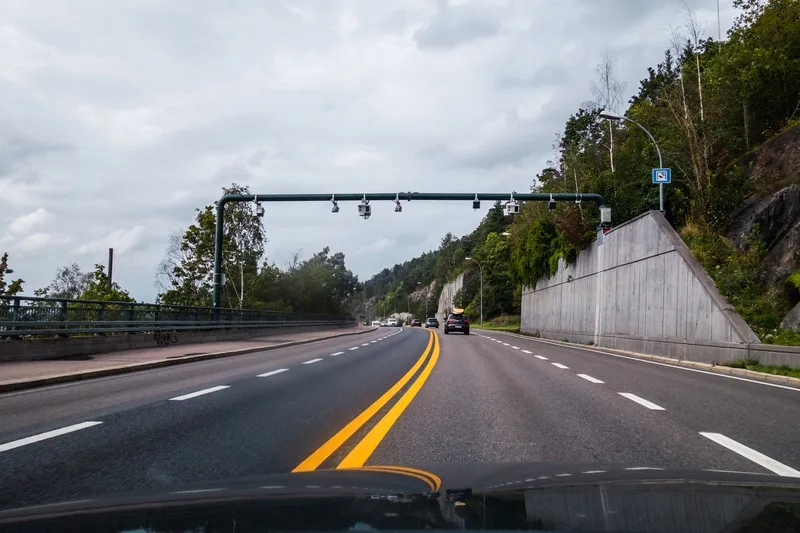Norwegian researchers from Norsk Regnesentral say they have developed a system to calculate traffic flows based on a relatively small number of satellite images. The system, SatTrafikk, is ready for testing and the goal is that the road administration will start using the system within a couple of years to improve the traffic planning.
June 5, 2012
Read time: 1 min
Norwegian researchers from









